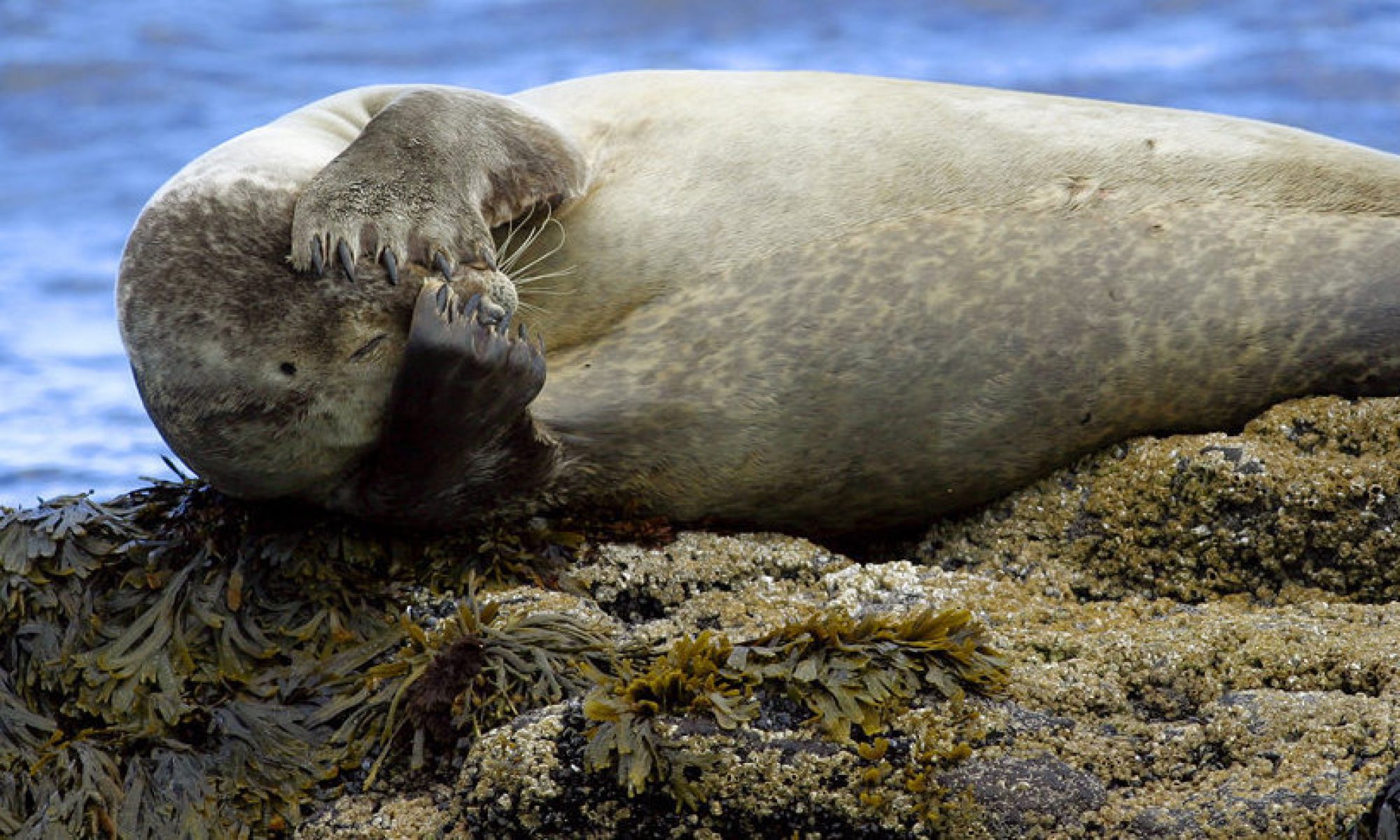
A new paper about trends in the Icelandic harbour seal population was recently published. The title of the paper is “The Icelandic harbour seal (Phoca vitulina) population: trends over 40 years (1980–2020) and current threats to the population”. Sandra Granquist, Head of Seal research department and senior reseacher at the Marine and Freshwater Research Institute of Iceland is the author of the paper. Below is a summary of the paper (abstract) and a link to the paper.
Abstract:
Regular harbour seal (Phoca vitulina) population censuses are necessary to monitor fluctuations in the population size and to inform seal management. In this paper, the status of the Icelandic harbour seal population is presented, along with trends in the population over a 40-year period. In total, 13 full aerial censuses were carried out during the moulting season (July-August) between 1980 and 2020. The most recent census from 2020 yielded an estimate of 10,319 (CI 95%= 6,733-13,906) animals, indicating that the population is 69.04% smaller than when systematic monitoring of the population commenced in 1980 (33,327 seals). The observed decrease puts the population on the national red list for threatened populations. Trend analyses indicate that most of the decline occurred during the first decade, when the population decreased about 50% concurrently with large human-induced removals of harbour seals. After that point, the population decline slowed down but continued, and currently the population seems to fluctuate around a stable minimum level. The sensitive conservation status of the population underlines the need to assess and sustainably manage current threats to the population, including human-induced removals, anthropogenic disturbance, and various environmental factors such as contaminants, climate change and fluctuation in prey availability. Furthermore, it is urgent to continue regular censuses and to increase monitoring of population demographic factors.

